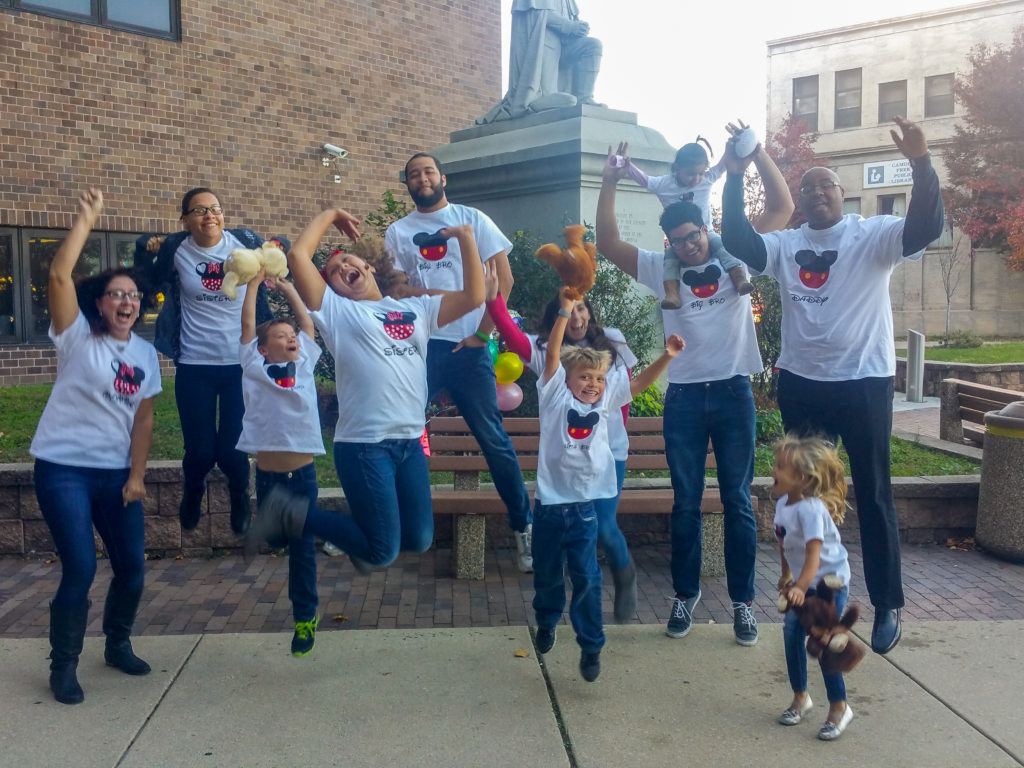In 2017, those adopting a child could claim a tax credit valued up to $13,570 per child. The most recent federal statistics show that the adoption tax credit helped roughly 64,000 families throughout the country in 2015 offset the various costs associated with adopting a child. However, this help comes at a price for the national budget, which is why some members of Congress discussed doing away with it in their newly proposed tax plan.
In 2015, the adoption tax credit cost the federal government $251 million and projections show its continued use could total up to $3.8 billion over the next 10 years. While these numbers may seem like an astronomical expense, they are dwarfed by the savings adoption creates when compared to the expense of keeping a child in foster care. In a 2011 report, The National Council for Adoption found that when:
Continue reading






